Two magnitude 5.7 earthquakes that struck on Saturday night and yesterday morning were aftershocks triggered by a magnitude 6.4 quake on Tuesday last week, a seismologist said, adding that the epicenters of the aftershocks are moving westward.
Saturday and yesterday’s earthquakes occurred as people were preparing for the Lunar New Year holiday this week.
As of 10am yesterday, the Central Weather Administration (CWA) recorded 110 aftershocks from last week’s main earthquake, including six magnitude 5 to 6 quakes and 32 magnitude 4 to 5 tremors. Seventy-one of the earthquakes were smaller than magnitude 4.
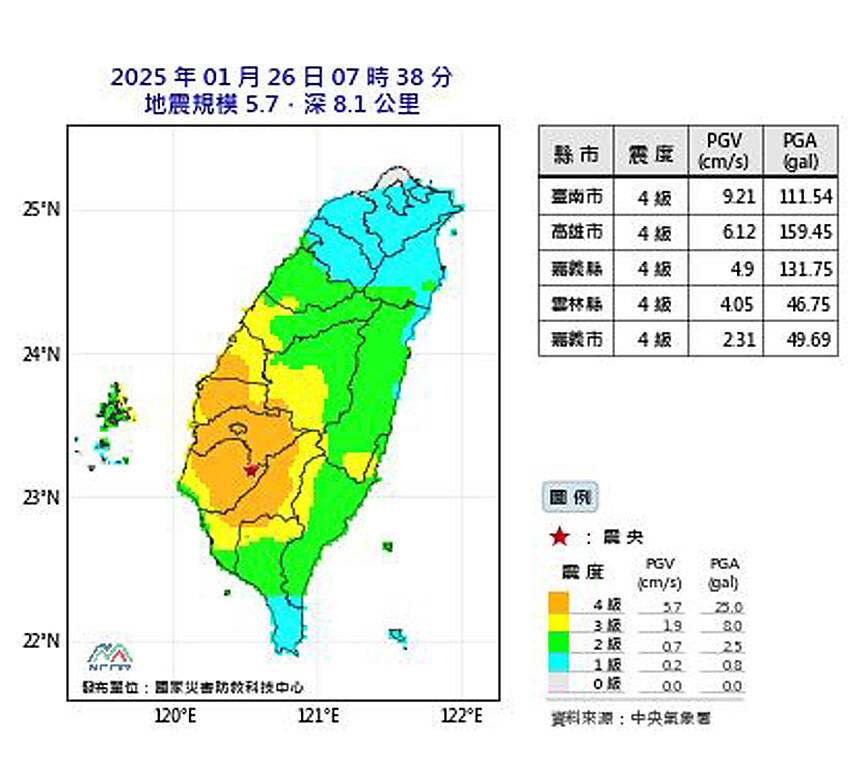
Photo courtesy of the National Science and Technology Center for Disaster Reduction
Thirty-one of the aftershocks were felt nationwide, while 79 were regional.
The operations of Taiwan Railway Corp (台鐵) and the high-speed rail were slightly affected due to the quakes.
The hypocenter of the magnitude 5.7 earthquake on 7:49pm on Saturday was in Tainan’s Dongshan District (東山) at a depth of 7.7km, while the second one, which struck at 7:38am yesterday, was in Tainan’s Nansi District (楠西) at a depth of 8.1km.
The CWA categorized both as “very shallow earthquakes.”
Most of the aftershocks were recorded in Nansi, CWA data showed.
That the epicenter of Saturday’s quake was in Dongshan showed that aftershocks have begun to move west, National Chung Cheng University earth and environmental science professor Wen Yi-ying (?怡瑛) said.
“The quake was near Zengwen Reservoir (曾文水庫), and its epicenter was surrounded by faults in the south, north and west. Subsequent aftershocks in that area could damage the reservoir,” Wen said, adding that residents near the reservoir should be cautious.
Former Seismological Center director Kuo Kai-wen (郭鎧紋) said the magnitude 5.7 earthquake occurred because of movement on the Lunhou Fault (崙後斷層), a 48km-long fault that stretches from east of Chiayi County’s Chukou (觸口) to Tainan’s Zuojhen District (左鎮).
Of the 15 earthquakes recorded on Saturday, nine hit from Dongshan and four from Nansi, Kuo said.
The Nansi quakes were aftershocks of the earthquake that struck on Tuesday last week, while those from Dongshan were more related to the Lunhou Fault, he said
“It is not an active fault, and records show that it did not have a significant change in seismic activities over the past few years. However, it has a high strain rate,” he said. “The quake shows that the fault is in a state of aseismic slip, which is detectable without notable earthquakes. It also implies that crustal strain accumulates rapidly in the fault area, which has a very high potential for large earthquakes and should be closely monitored and studied.”
The CWA said that the reservoir was built on hard rock using the highest earthquake resistance coefficient and should withstand earthquakes, adding that the Water Resource Agency has also inspected the reservoir and found no problems.
Even though the largest intensity generated by the first 5.7 earthquake was Level 4, it lasted one to two seconds, the CWA said.
The farther away from the epicenter, the lower the intensity of the quake, it said.
The CWA urged people to evacuate the area immediately and protect themselves when they receive an earthquake alert on their cellphones from the Public Warning System.
That alert means the earthquake is serious, it said.
“The principle of evacuation is to lower the center of gravity, seek cover, and protect the head and neck,” it said. “When indoors, use items and hands to protect your head and neck, and avoid taking refuge under hanging objects or near movable furniture. When outdoors, stay away from dangerous areas such as buildings, trees and bridges, and avoid moving at high speeds to avoid accidents caused by the shaking.”
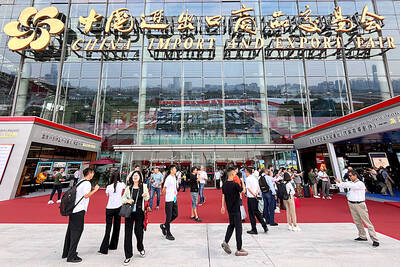
CARROT AND STICK: While unrelenting in its military threats, China attracted nearly 40,000 Taiwanese to over 400 business events last year Nearly 40,000 Taiwanese last year joined industry events in China, such as conferences and trade fairs, supported by the Chinese government, a study showed yesterday, as Beijing ramps up a charm offensive toward Taipei alongside military pressure. China has long taken a carrot-and-stick approach to Taiwan, threatening it with the prospect of military action while reaching out to those it believes are amenable to Beijing’s point of view. Taiwanese security officials are wary of what they see as Beijing’s influence campaigns to sway public opinion after Taipei and Beijing gradually resumed travel links halted by the COVID-19 pandemic, but the scale of
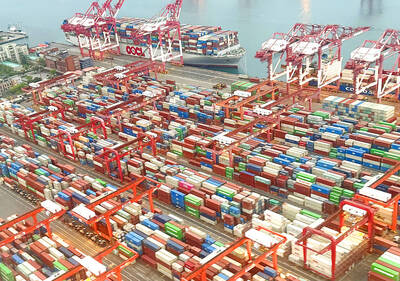
TRADE: A mandatory declaration of origin for manufactured goods bound for the US is to take effect on May 7 to block China from exploiting Taiwan’s trade channels All products manufactured in Taiwan and exported to the US must include a signed declaration of origin starting on May 7, the Bureau of Foreign Trade announced yesterday. US President Donald Trump on April 2 imposed a 32 percent tariff on imports from Taiwan, but one week later announced a 90-day pause on its implementation. However, a universal 10 percent tariff was immediately applied to most imports from around the world. On April 12, the Trump administration further exempted computers, smartphones and semiconductors from the new tariffs. In response, President William Lai’s (賴清德) administration has introduced a series of countermeasures to support affected
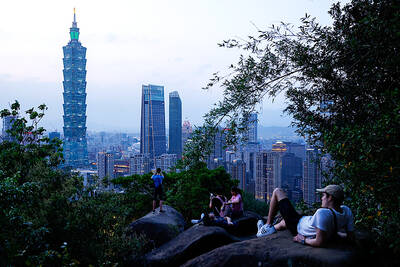
MORE VISITORS: The Tourism Administration said that it is seeing positive prospects in its efforts to expand the tourism market in North America and Europe Taiwan has been ranked as the cheapest place in the world to travel to this year, based on a list recommended by NerdWallet. The San Francisco-based personal finance company said that Taiwan topped the list of 16 nations it chose for budget travelers because US tourists do not need visas and travelers can easily have a good meal for less than US$10. A bus ride in Taipei costs just under US$0.50, while subway rides start at US$0.60, the firm said, adding that public transportation in Taiwan is easy to navigate. The firm also called Taiwan a “food lover’s paradise,” citing inexpensive breakfast stalls
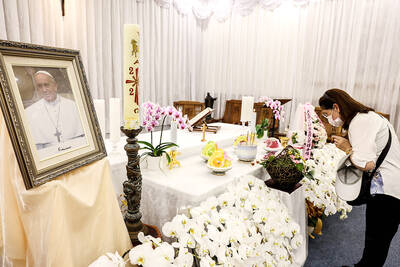
Pope Francis is be laid to rest on Saturday after lying in state for three days in St Peter’s Basilica, where the faithful are expected to flock to pay their respects to history’s first Latin American pontiff. The cardinals met yesterday in the Vatican’s synod hall to chart the next steps before a conclave begins to choose Francis’ successor, as condolences poured in from around the world. According to current norms, the conclave must begin between May 5 and 10. The cardinals set the funeral for Saturday at 10am in St Peter’s Square, to be celebrated by the dean of the College